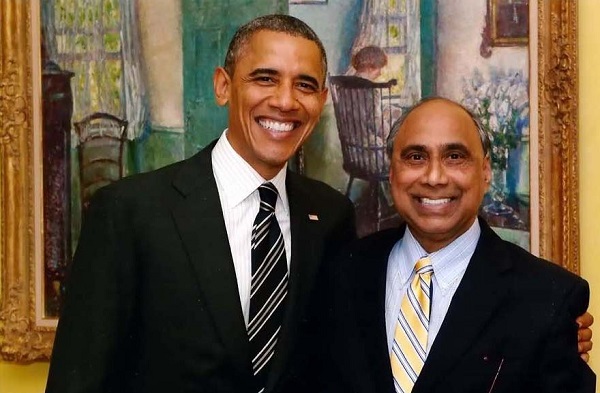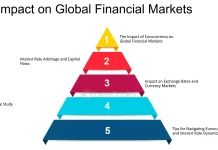On Sunday, January 7, the New York Times ran a front page story titled “Rising Anxiety in India is Piercing Modi’s Aura of Invincibility”. The article discussed the decline in GDP, consumption and consumer confidence and its impact on India and Indians.
A little more than two weeks later, on January 23, Prime Minister Narendra Modi gave the opening address at the Davos World Economic Forum (WEF) in Switzerland. In that address, he declared: “According to the World Bank and IMF, our growth rate is going to be steady and high.”
The question becomes, as the end of the first quarter of 2018 approaches, whether the Times’ more pessimistic or Modi’s more optimistic perspective is correct. The answer from the most recent data and trends indicates that the optimistic view will most likely prevail.
Things are not quite as stunningly bright, as in 2014 right after Modi’s swearing-in as Prime Minister, when I wrote in an article for Foreign Policy magazine: “It is now Modi’s India. And, Modi’s India is a place of grand ambitions, great expectations and high hopes.” But, it looks like there is a lot more sunshine on the horizon than there are clouds in India’s economic future.
Part of the reason for this assessment is that the slowdown in the economy in India was self-induced. It was caused primarily by two governmental policies: demonetisation and the imposition of a Goods and Service Tax (GST).
Scholars and economists will argue whether these two actions were necessary or beneficial. I will leave that debate to them. Looking at where things stand today, it appears that the Indian economy is turning the corner and will continue to grow to position India as a world leader.
There are a few negative indicators such as the decline of the Nikkei India Services Business Activity Index to a seven-month low of 47.8 in February. This is however offset by the fact that India’s GDP growth for the last quarter of 2017 was 7.2 per cent — making it the fastest-growing economy in the world for that time period. Combine this with projected GDP growth for India in the 7 to 7.8 per cent range in the current and next fiscal years by various groups, and there is considerable cause for optimism.
That optimism is strengthened by three factors: progress on the ground in India; the country’s global and regional economic appeal; and, the “defining partnership for the 21st century” between India and the United States.
Modi highlighted some of the economic accomplishments and plans developed during his tenure in his Davos WEF remarks. Most of them related to initiatives of the Make In India programme, including making India a manufacturing hub; the Skill India programme; and the opening of bank accounts for unbanked people.
At Davos, Modi also mentioned briefly that India is ranked third on the Global Trust Index list of the most trusted governments in the world. This accomplishment cannot be over-stressed. It is important and differentiating because we are living in an era when trust in government and democracy around the globe is in deep decline.
In his Davos speech, Modi also stressed the enormous opportunities that companies have to invest in “inclusive economic development” in India. By all accounts, business leaders from around the globe responded very favourably to his sales pitch. On a regional basis, the success of the India-Asean Summit held as part of this year’s Republic Day ceremonies and the potential of India’s “Act East” policy speak for themselves.
Finally, there is the “defining partnership” between the US and India. President Obama used this phrase during his first visit to India in 2009 and his administration worked assiduously to strengthen that partnership during his eight years as President.
This year has been a little more worrisome for the partnership. There were concerns about protectionism as President Donald Trump talked about import taxes in January. Then, on March 8 along came Trump’s tariffs on aluminium and steel imports and that upset the apple cart.
But probably not a lot, because the level of export of steel and aluminium products to the US is relatively low. The Indian media quoted industry leaders as saying “India will not be impacted much”.
Indo-Asian News Service
( Siyasat.net News Desk )





























